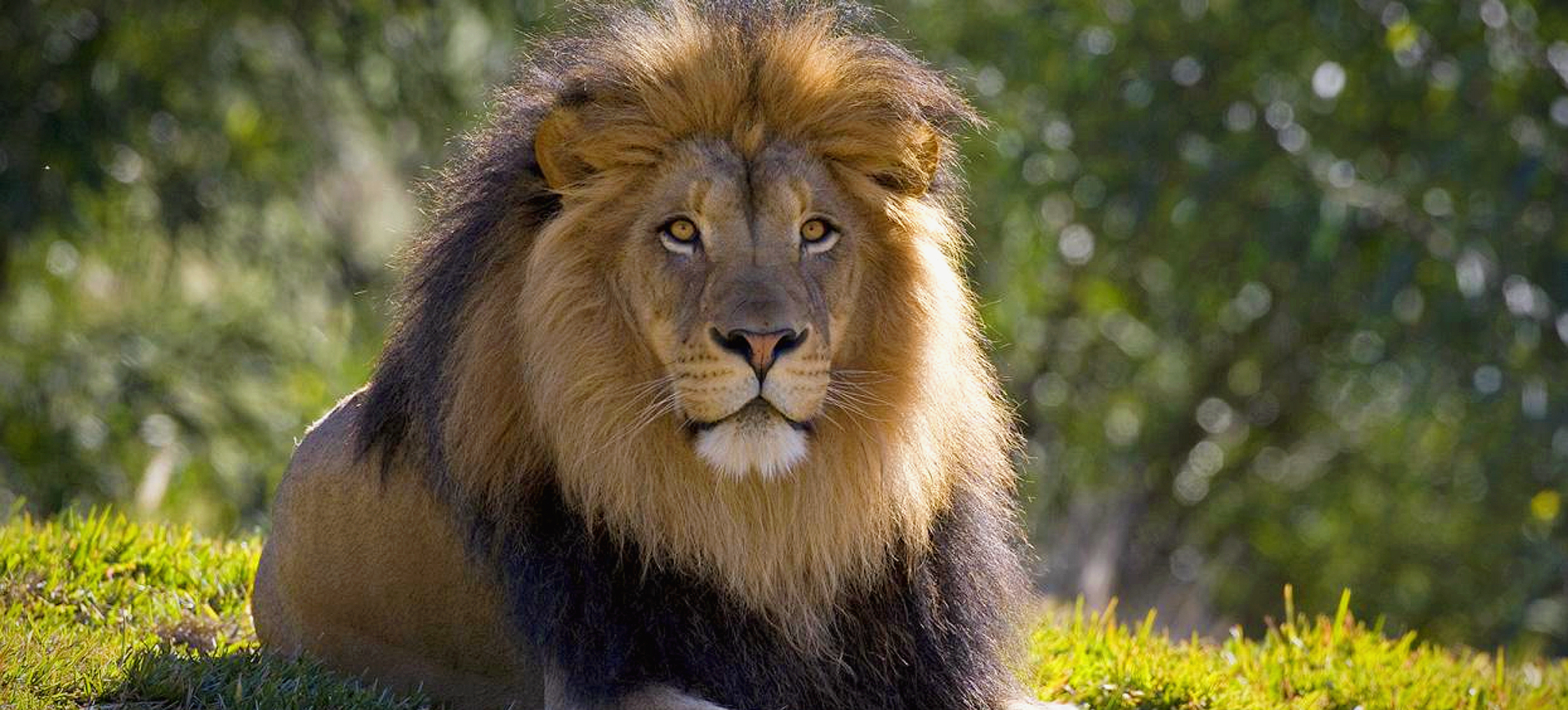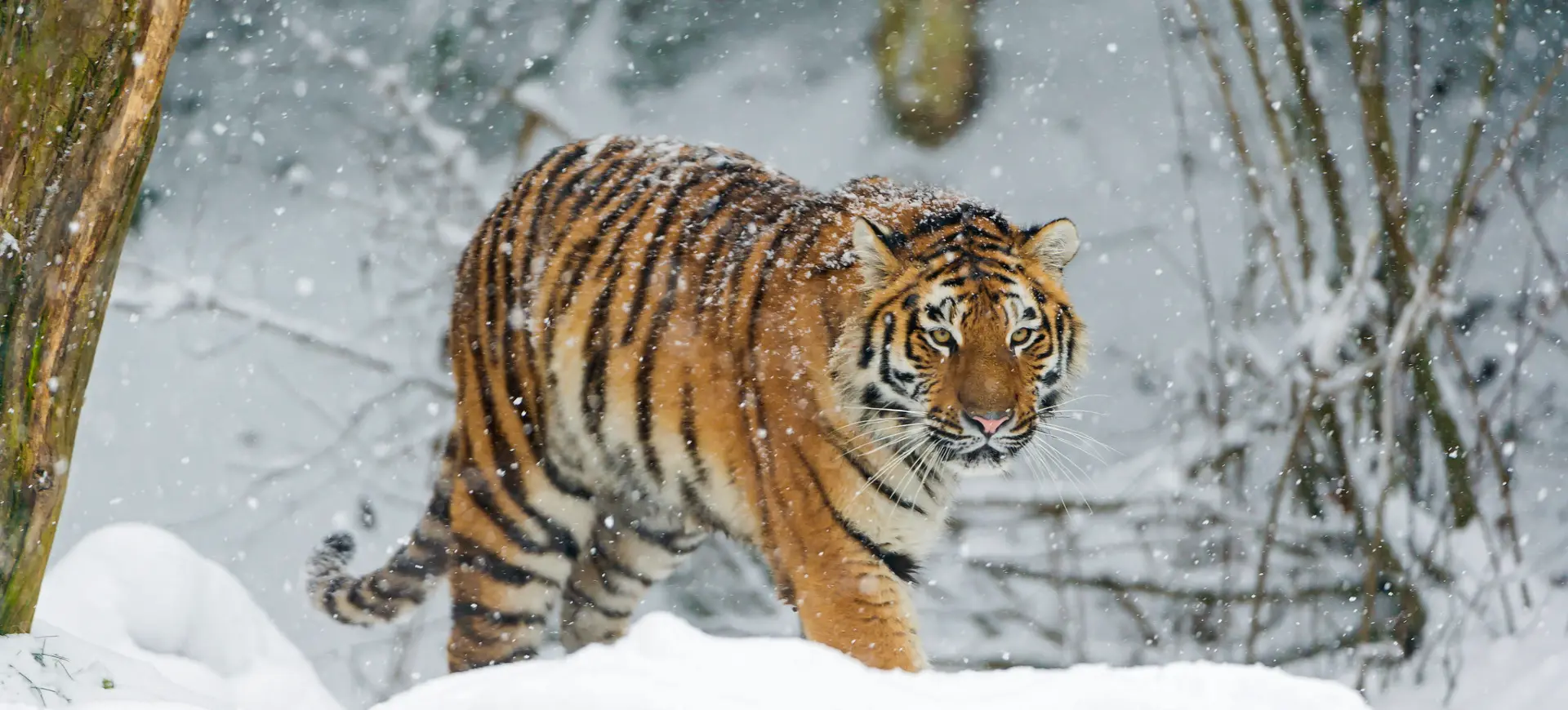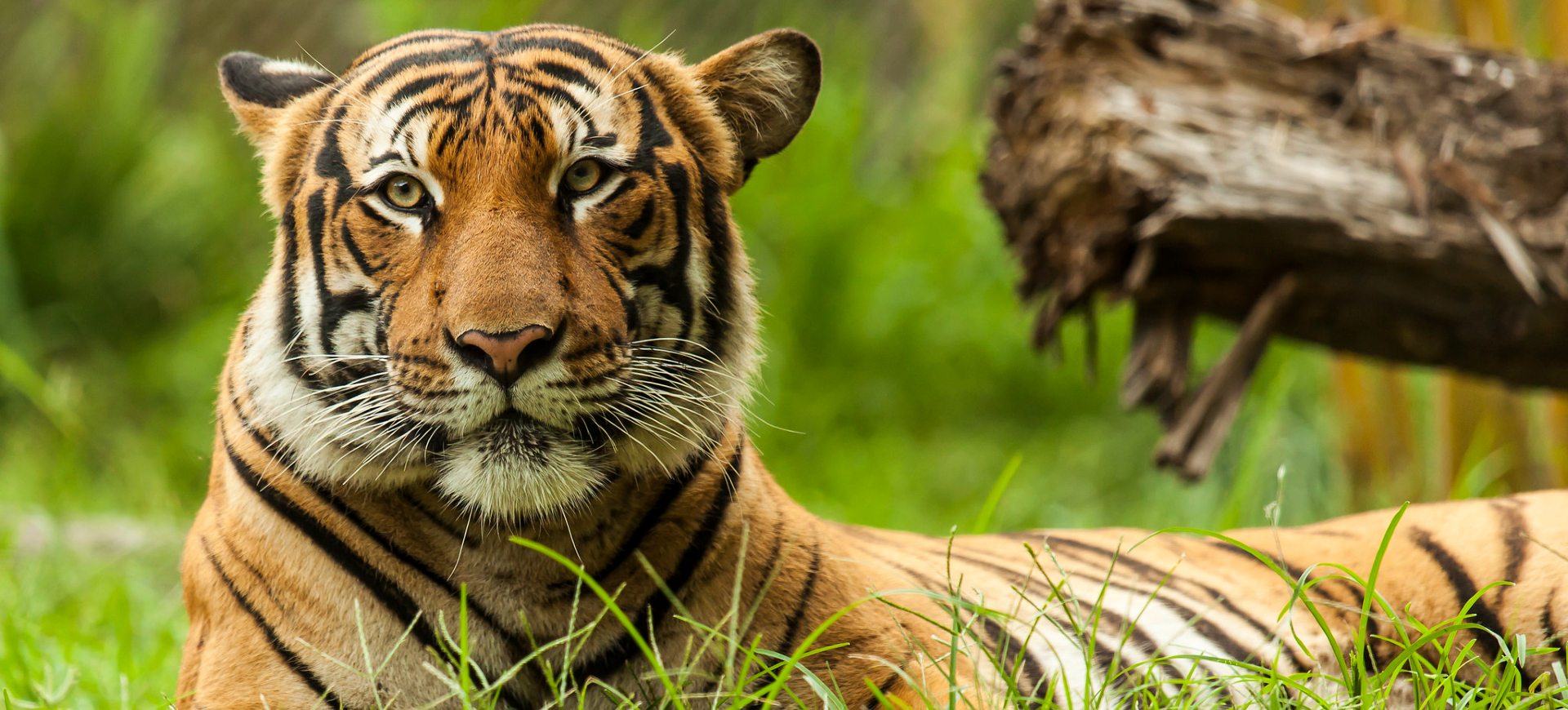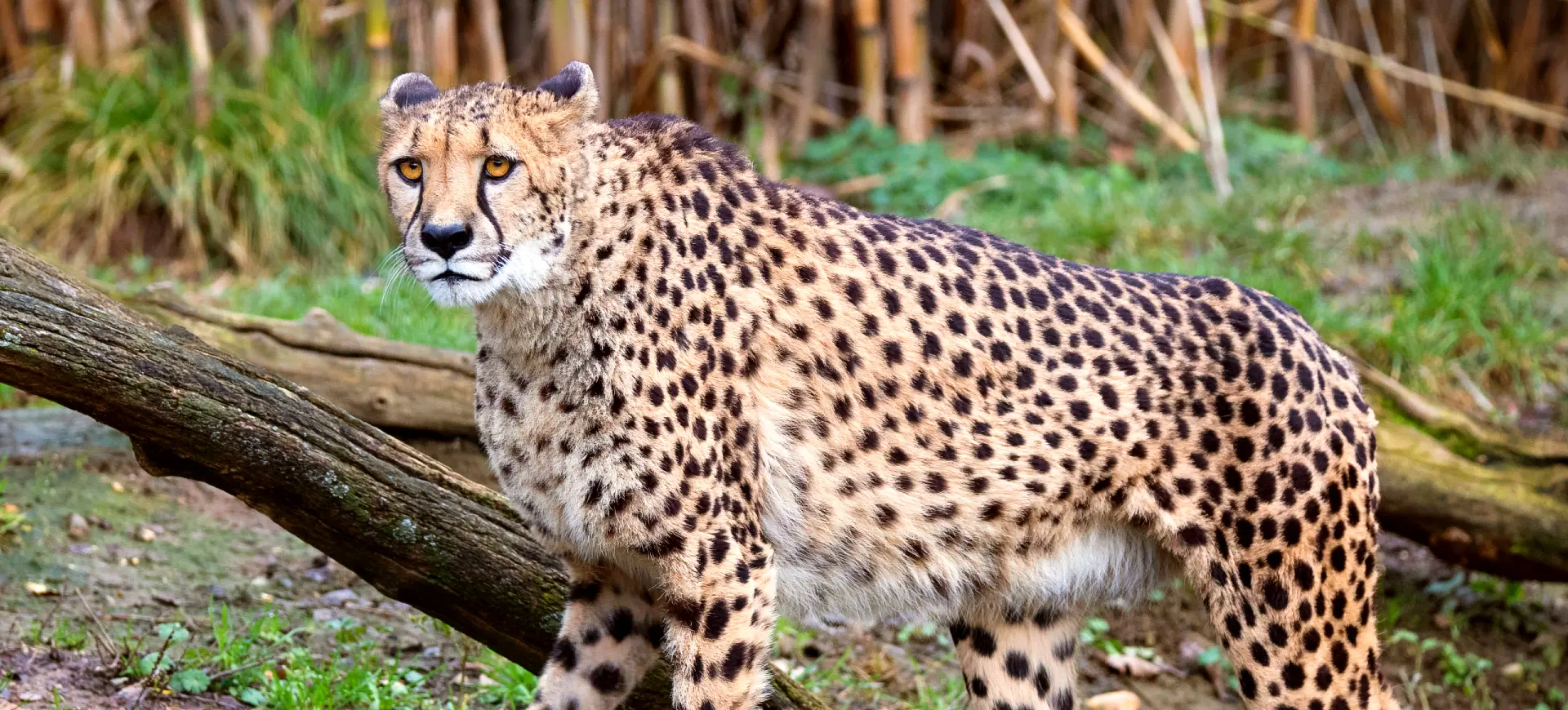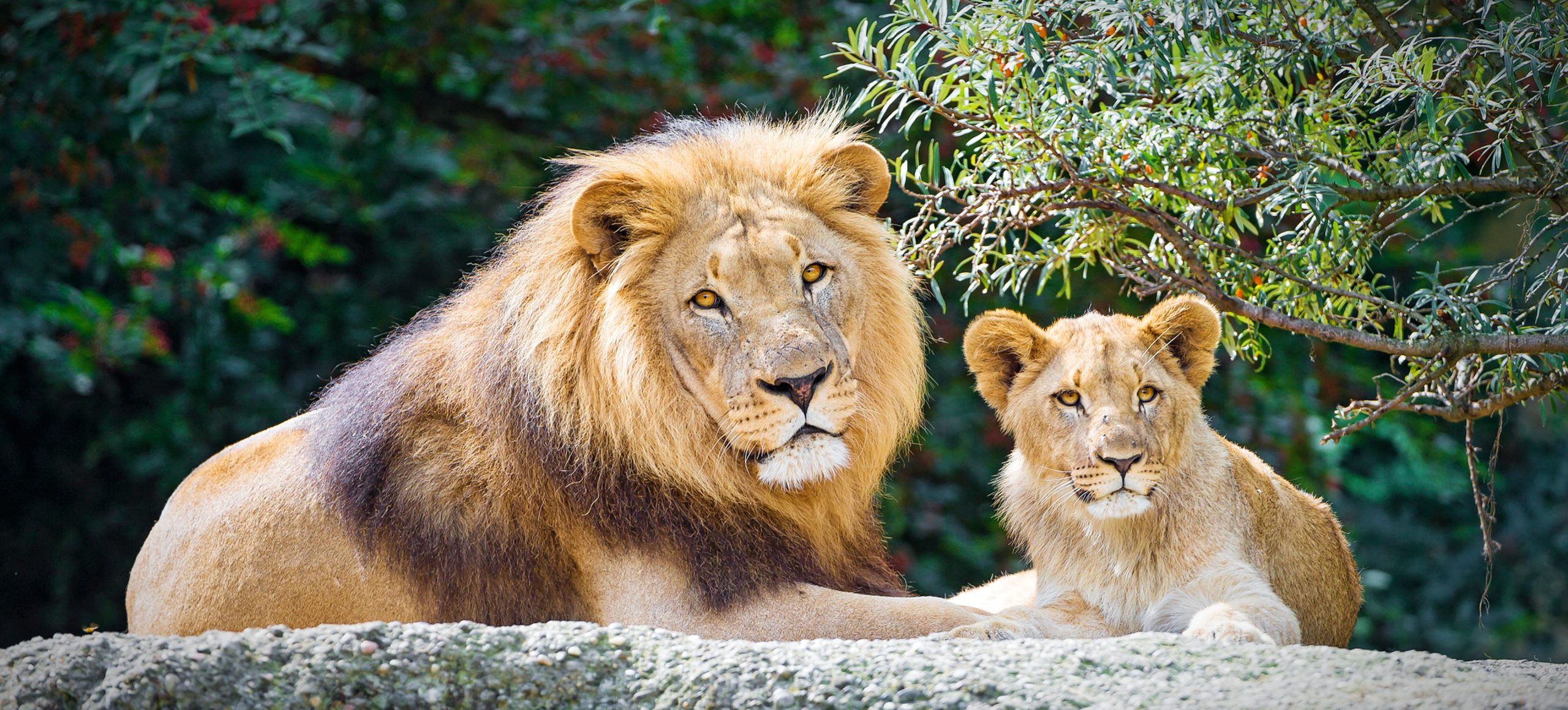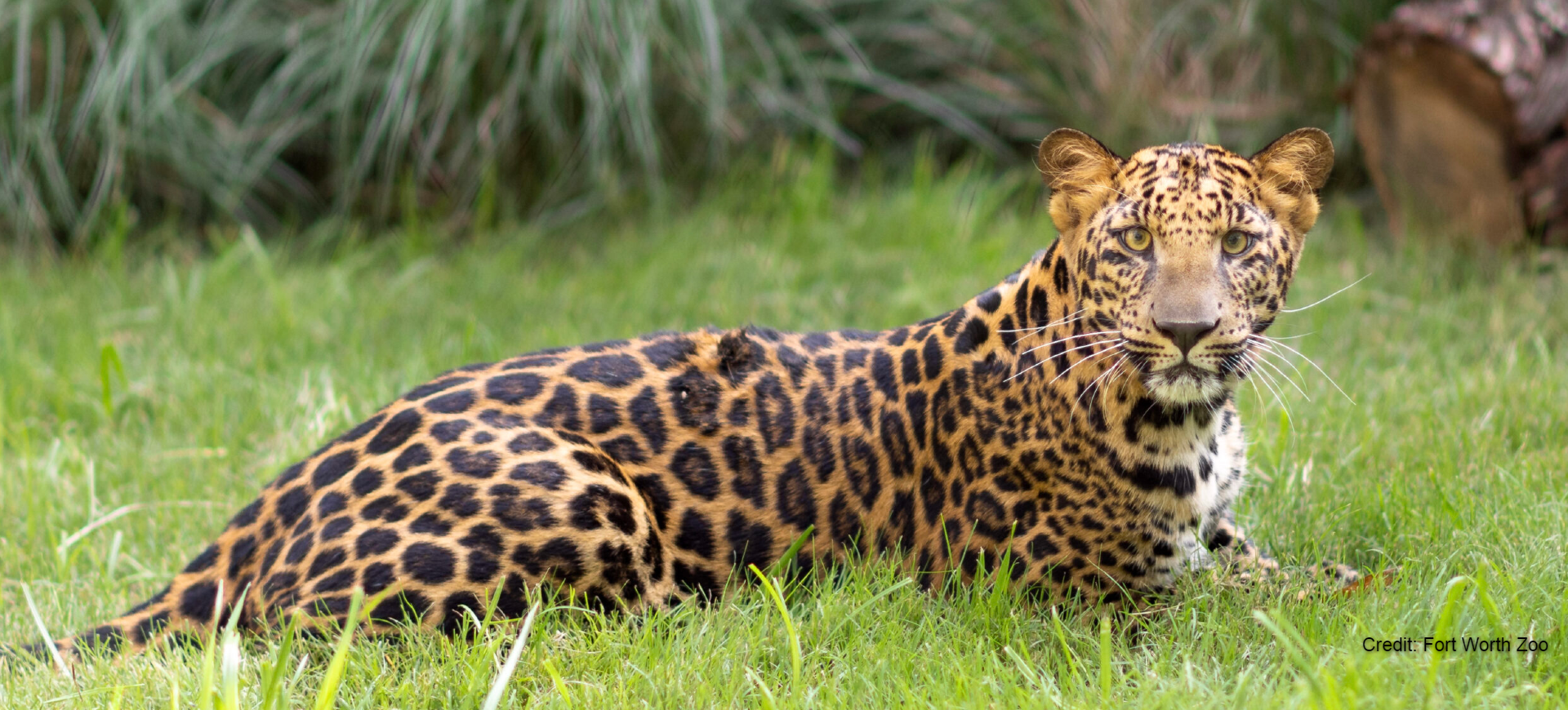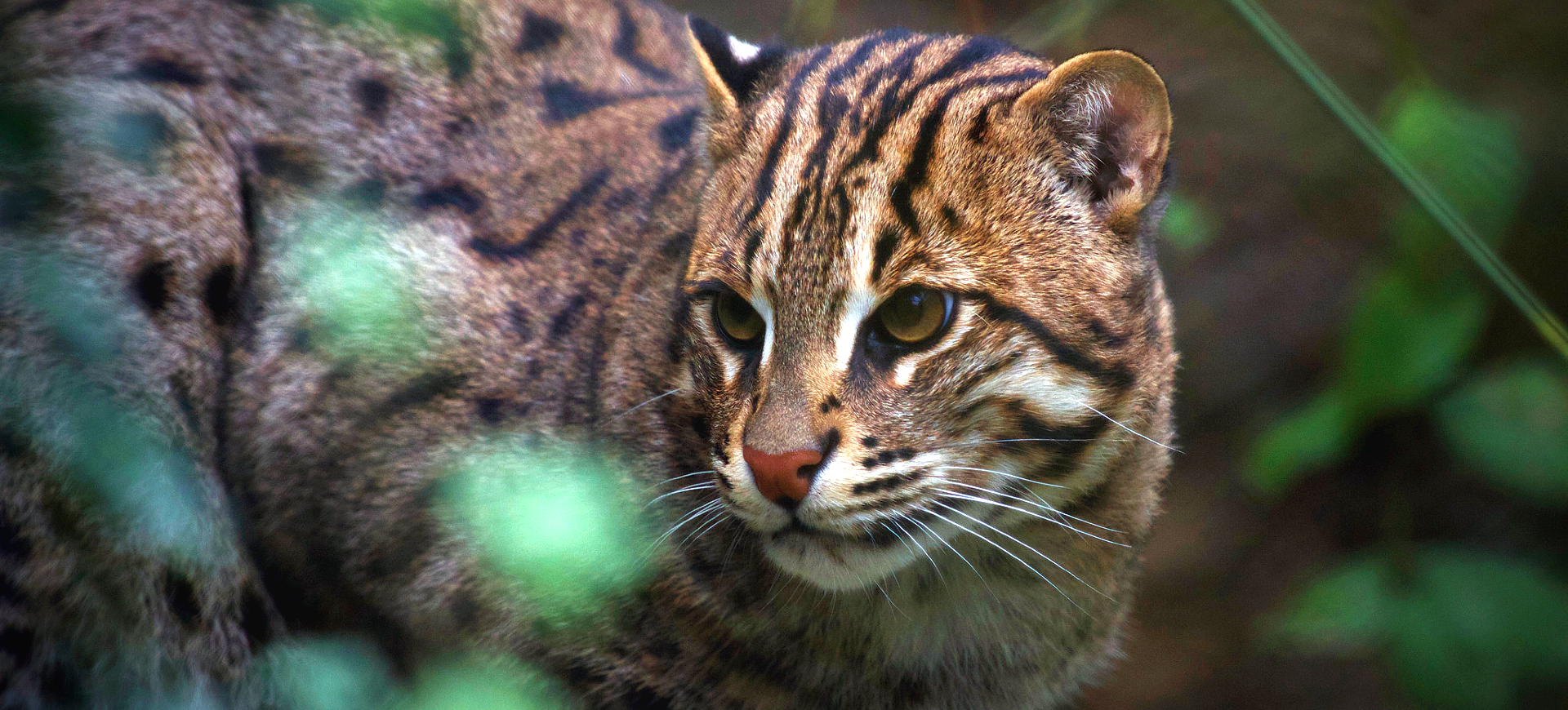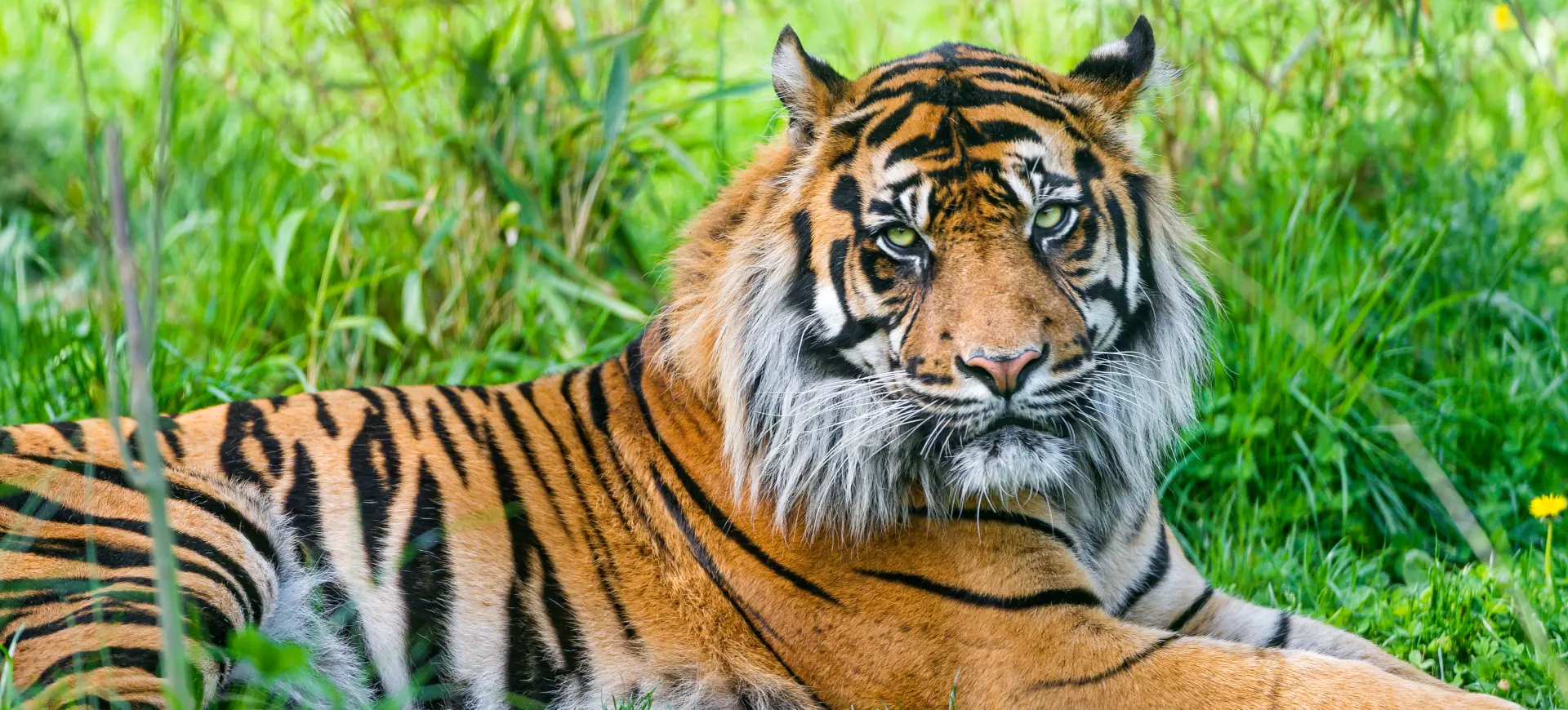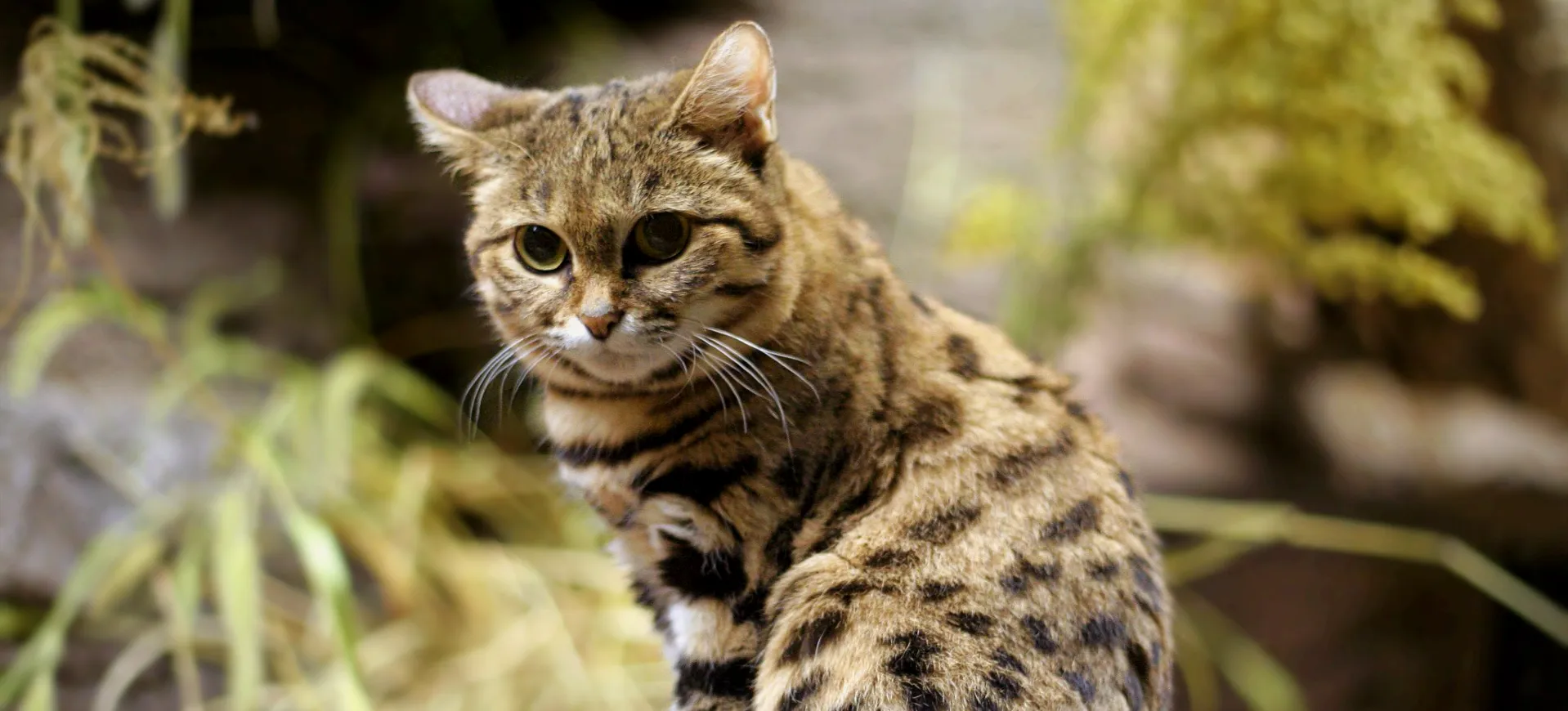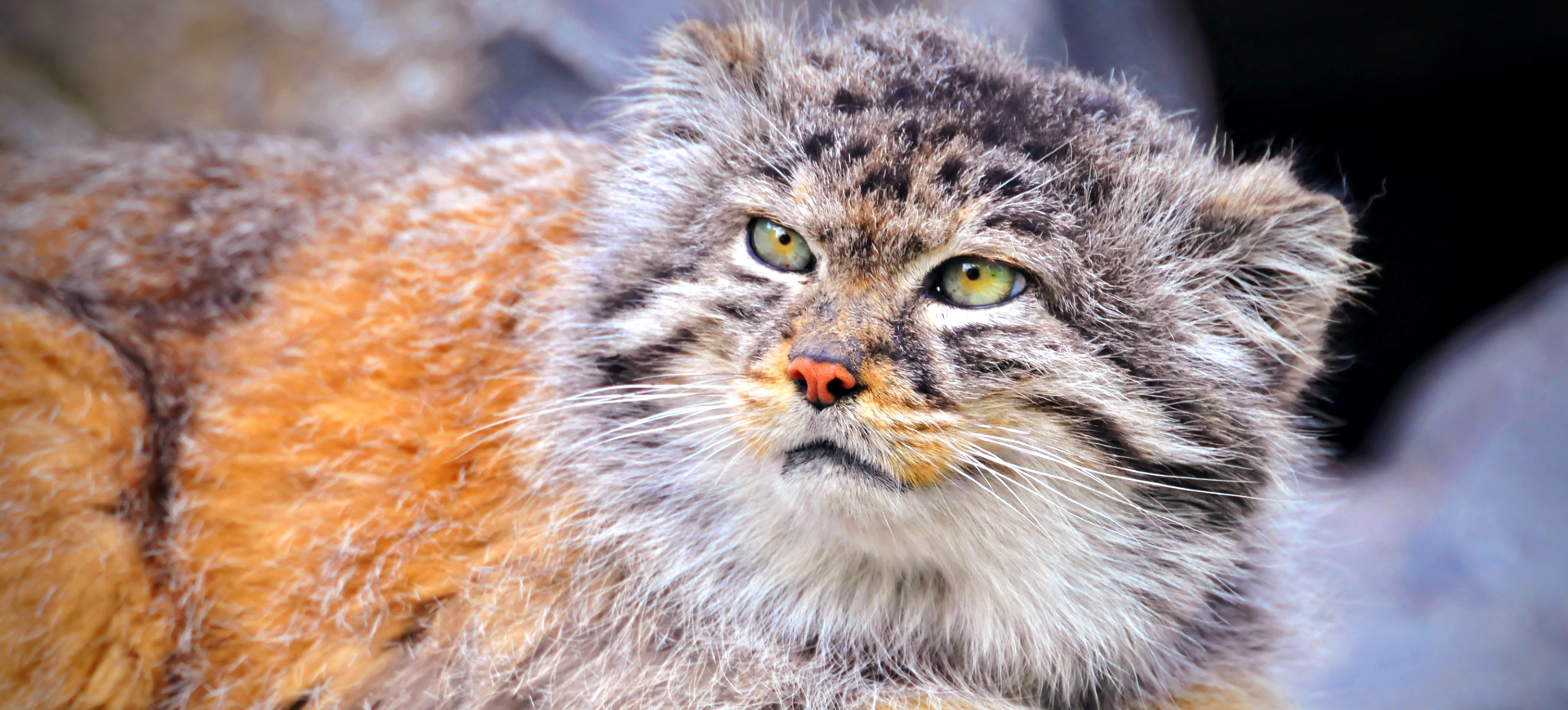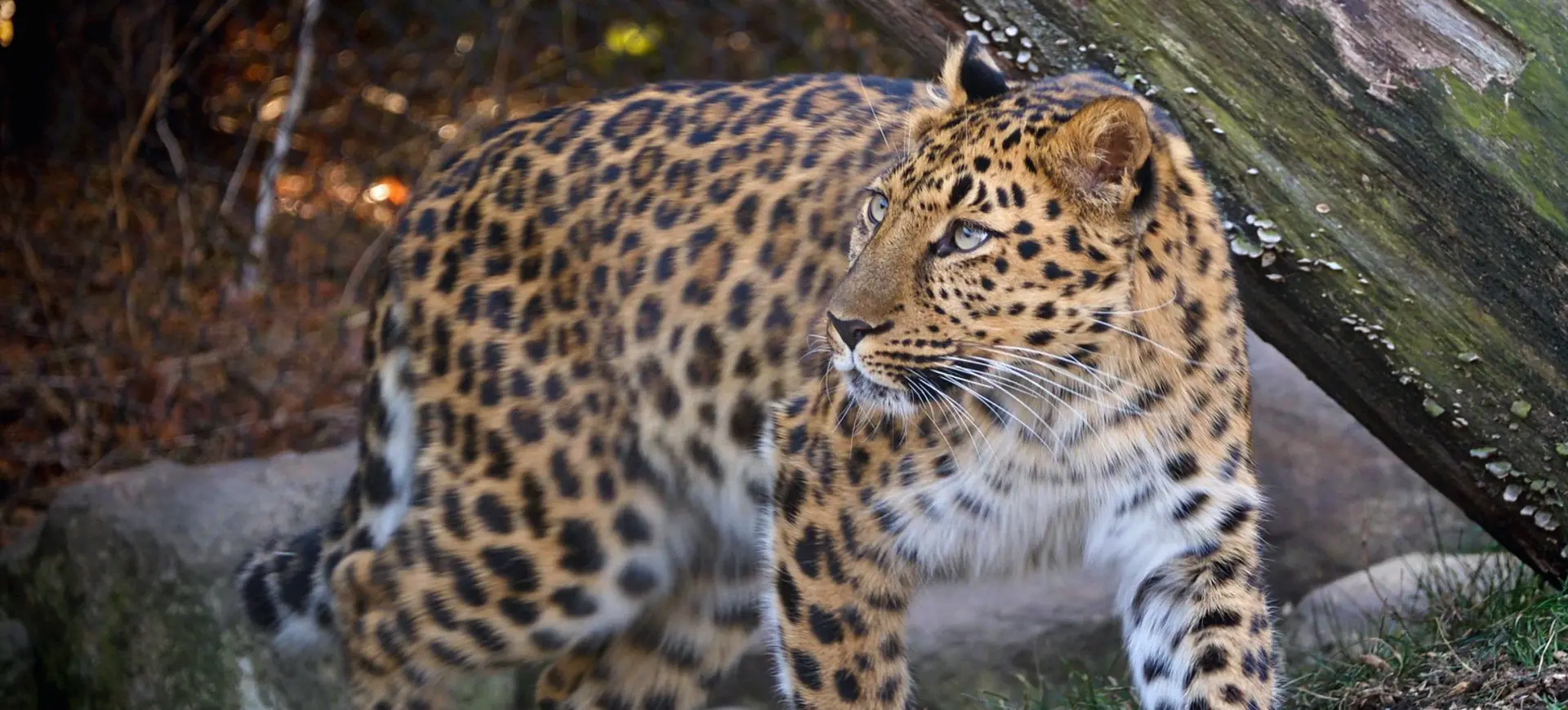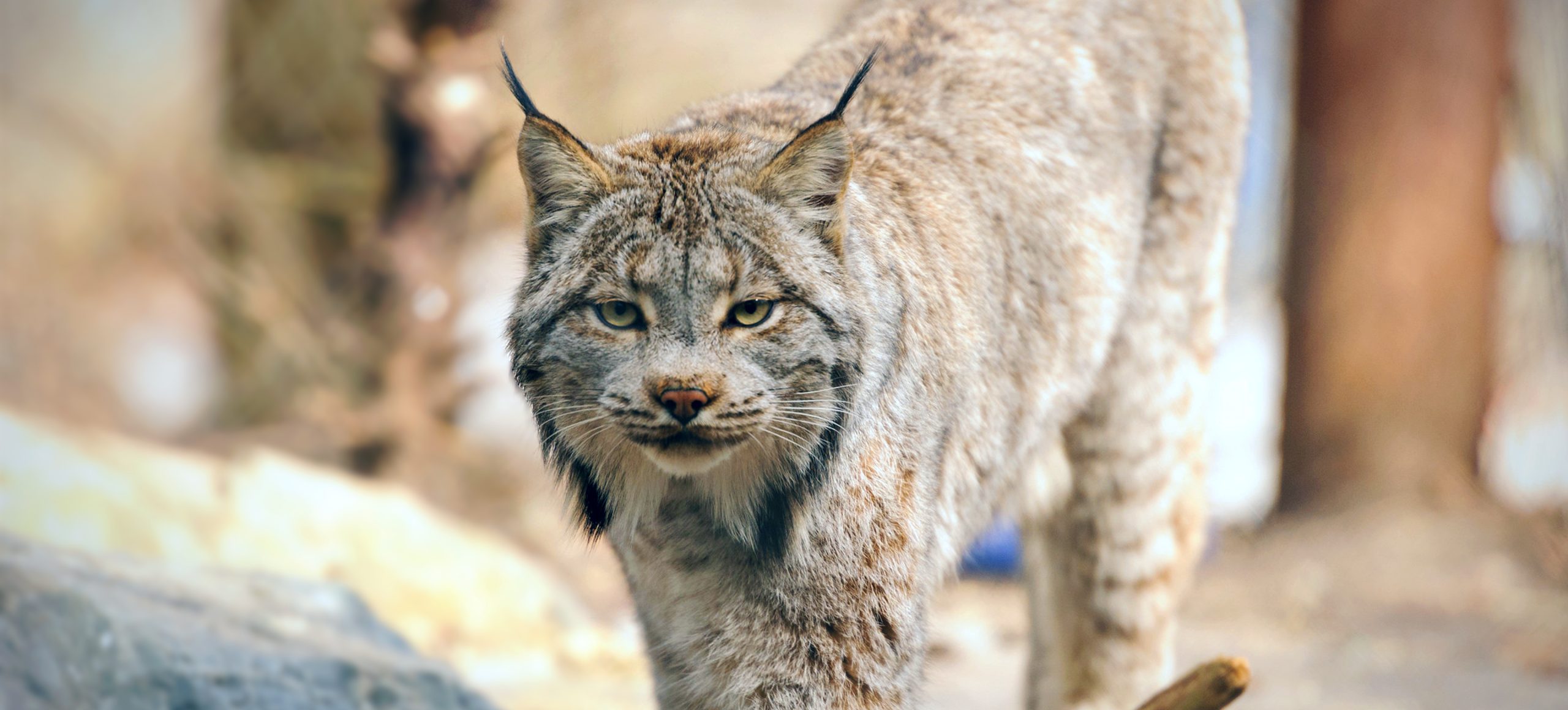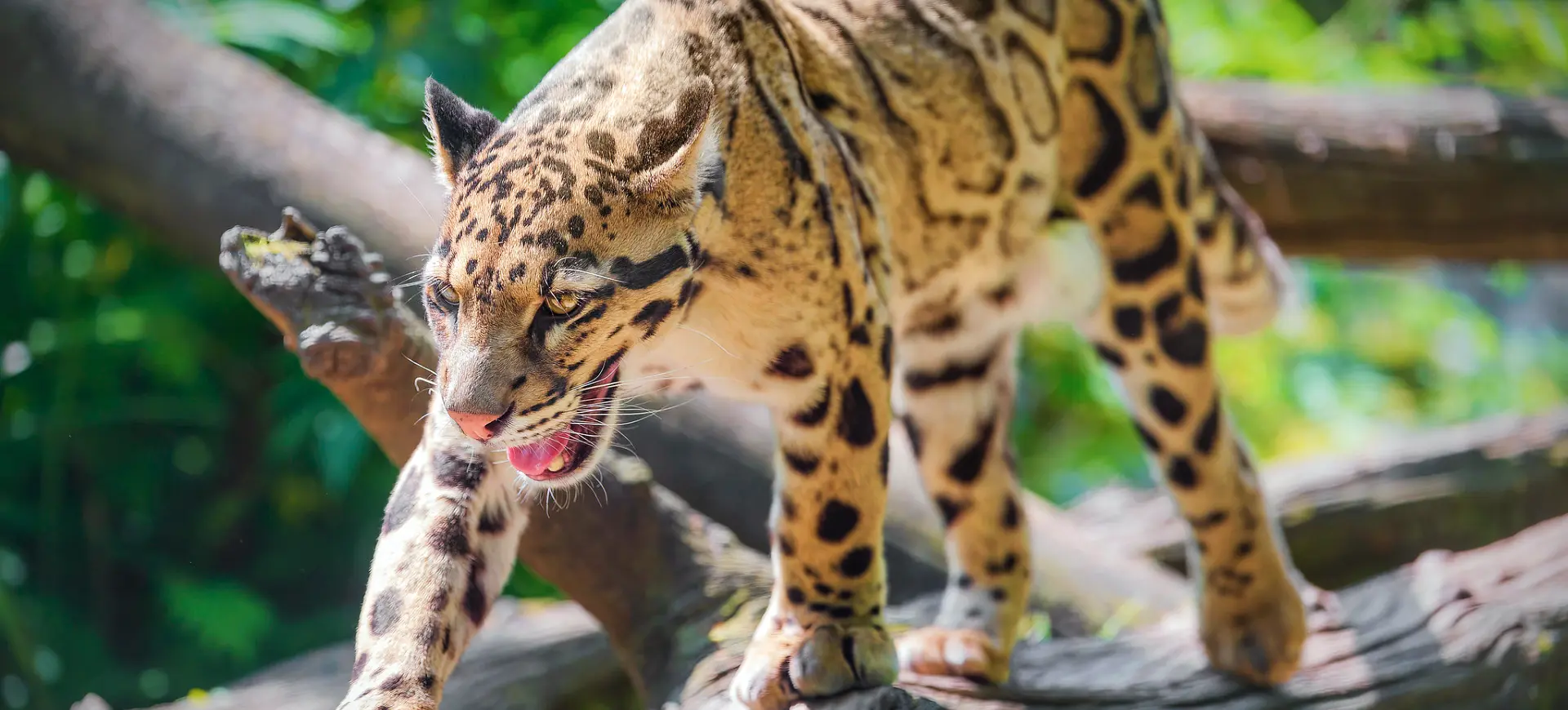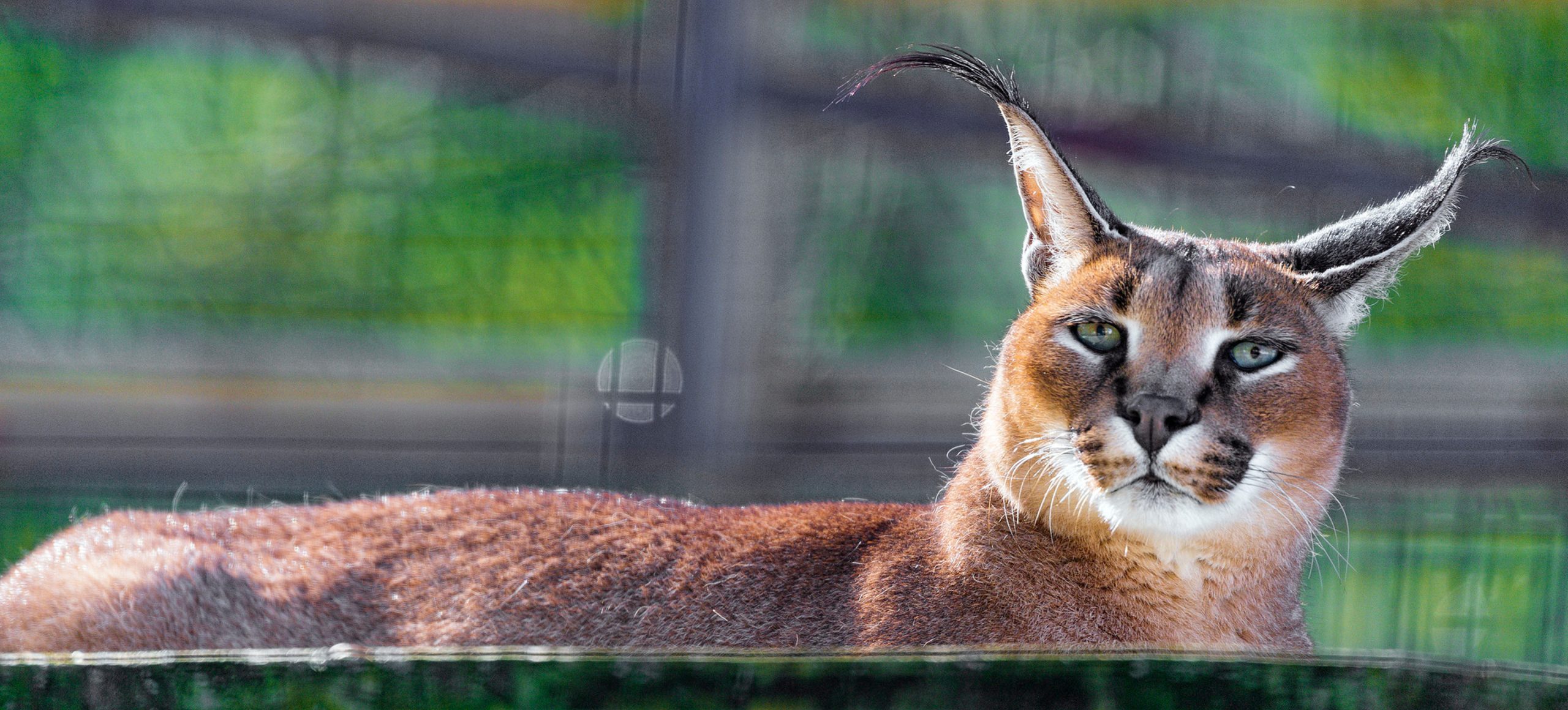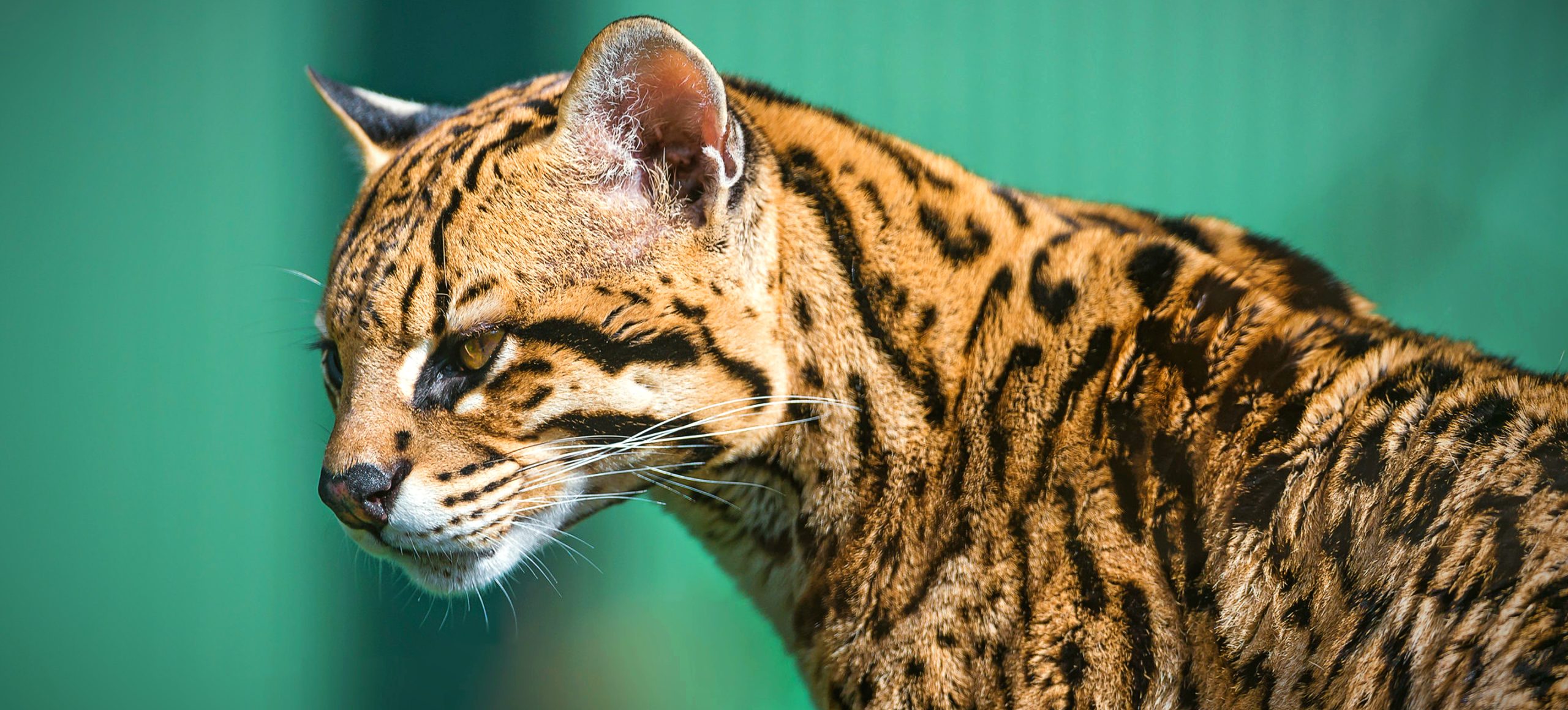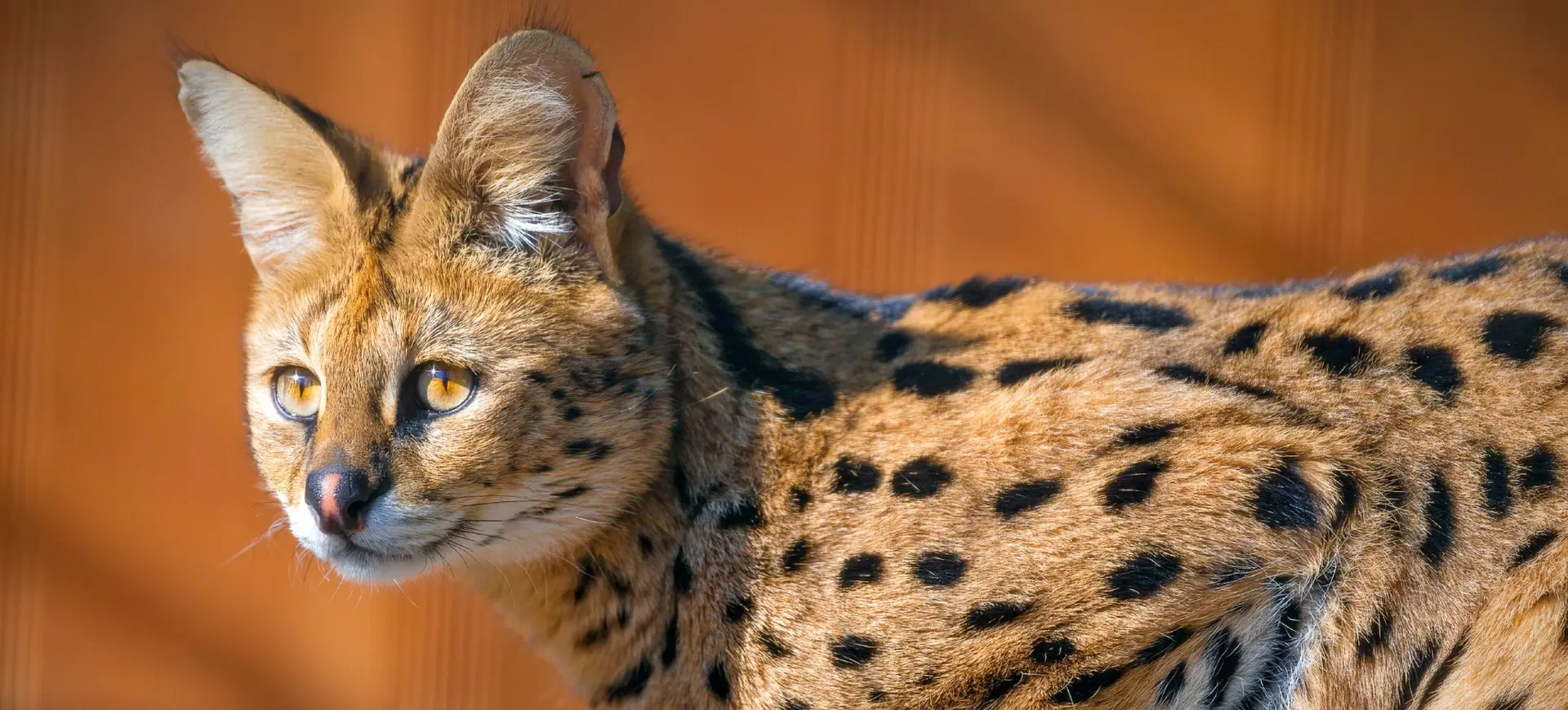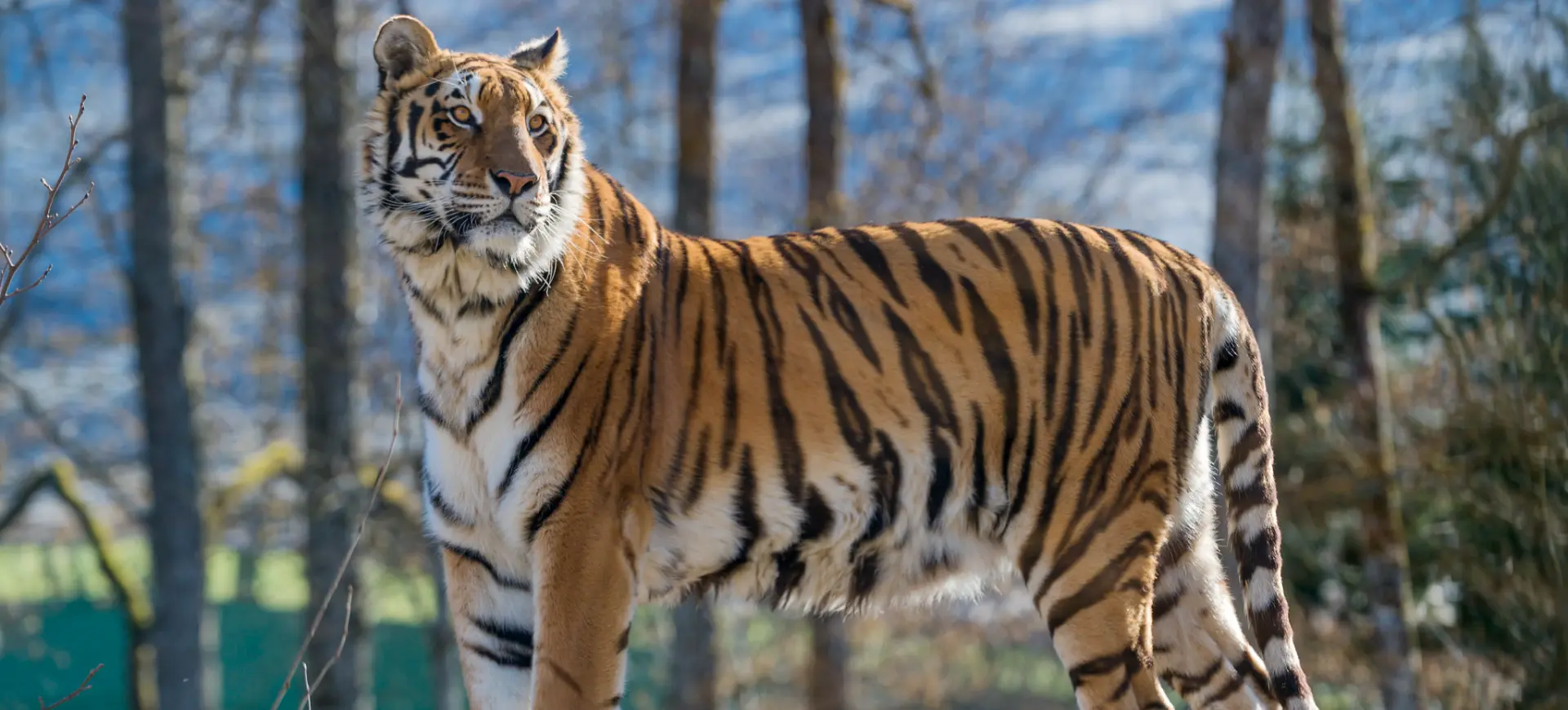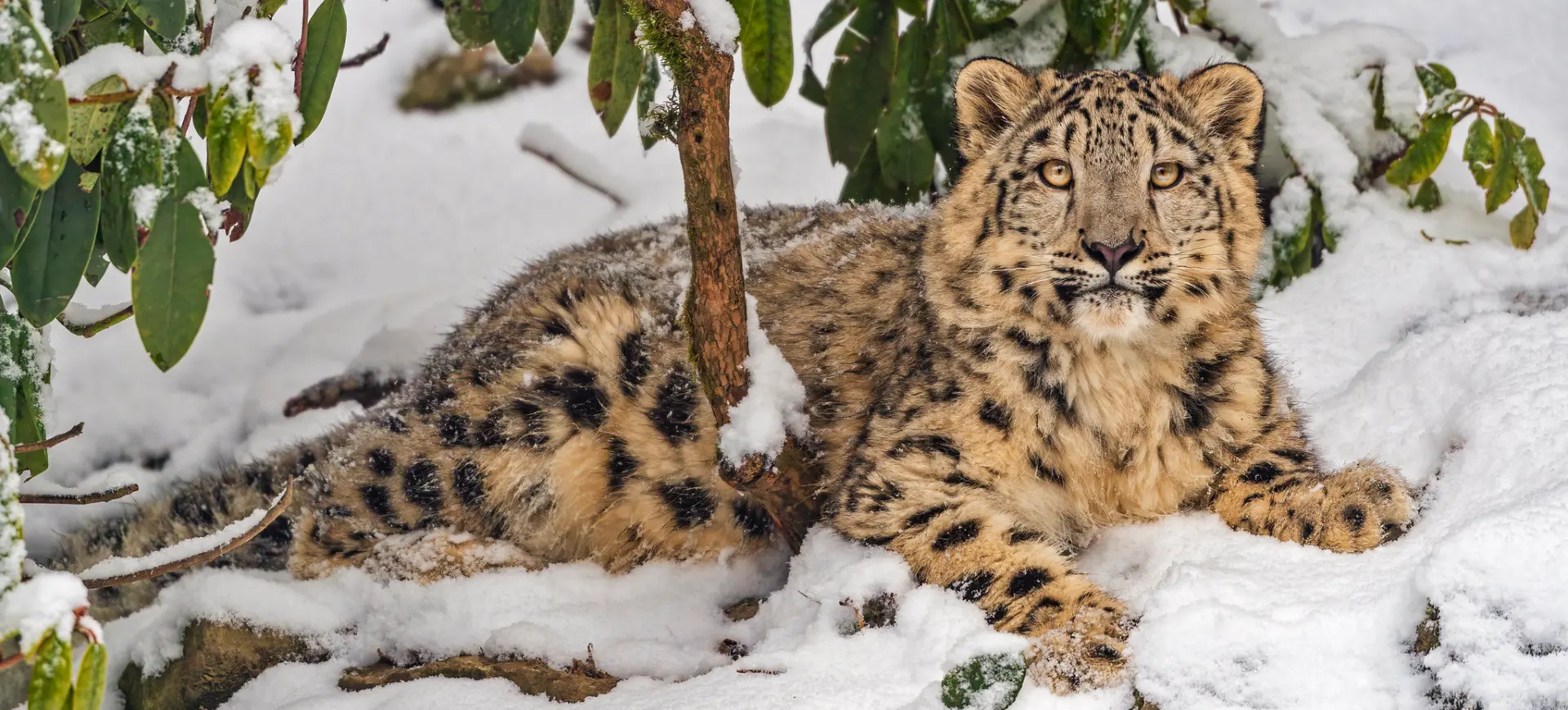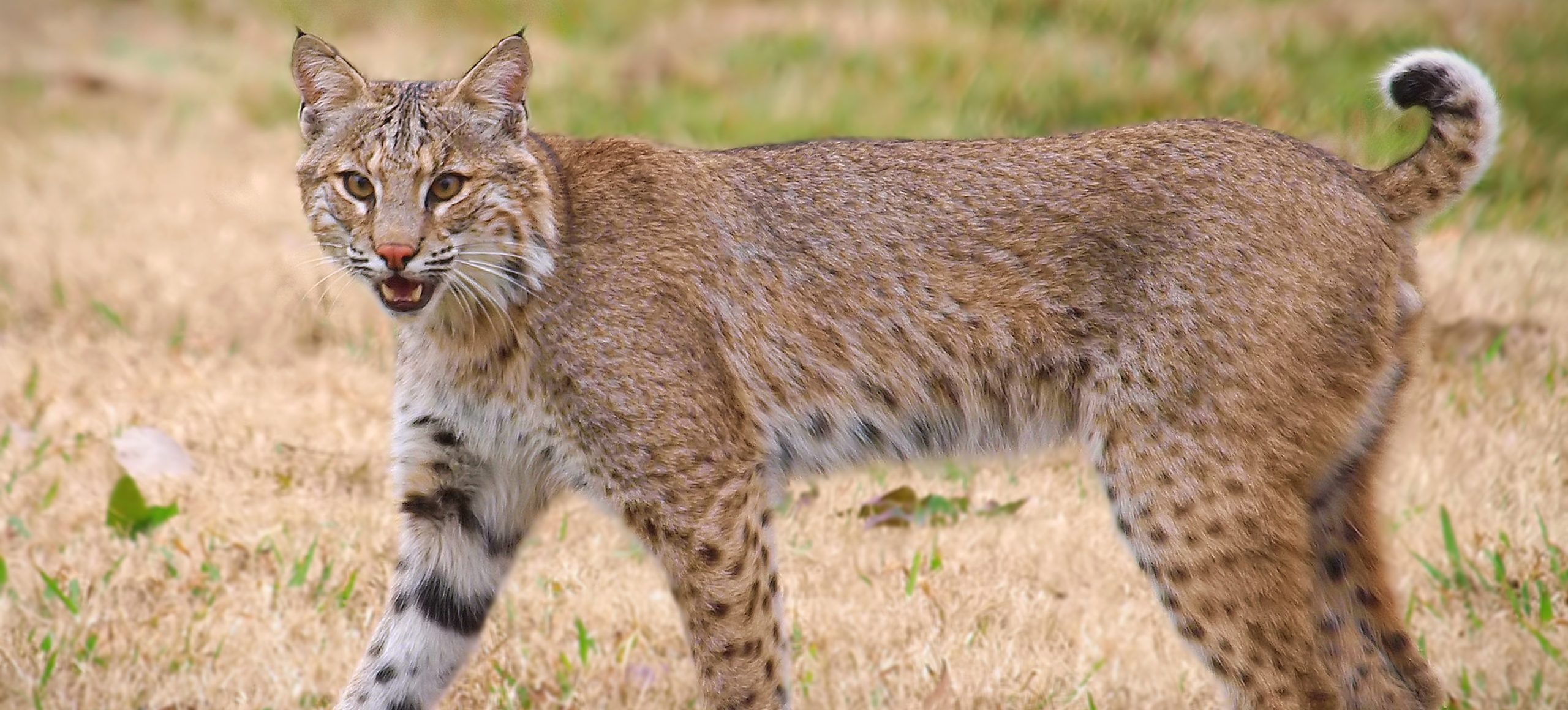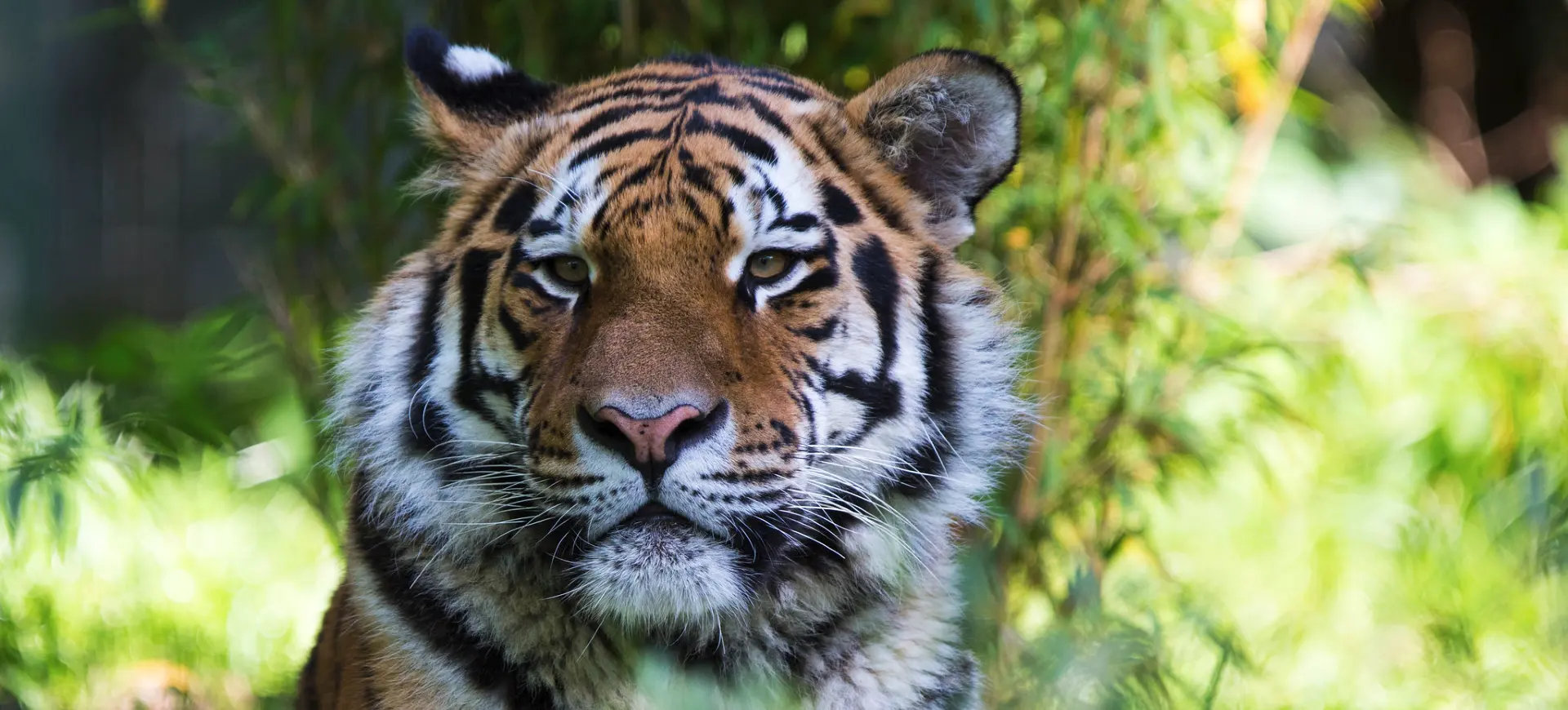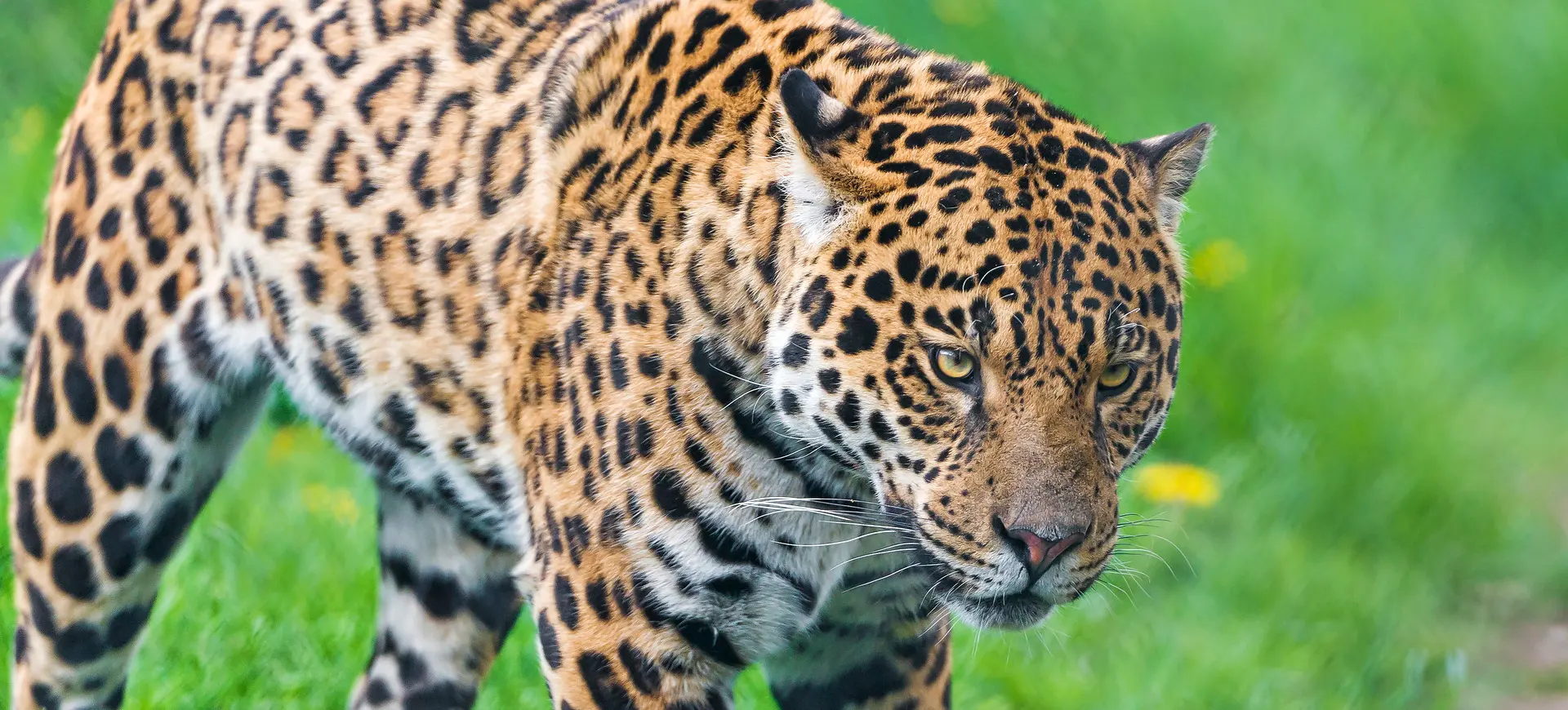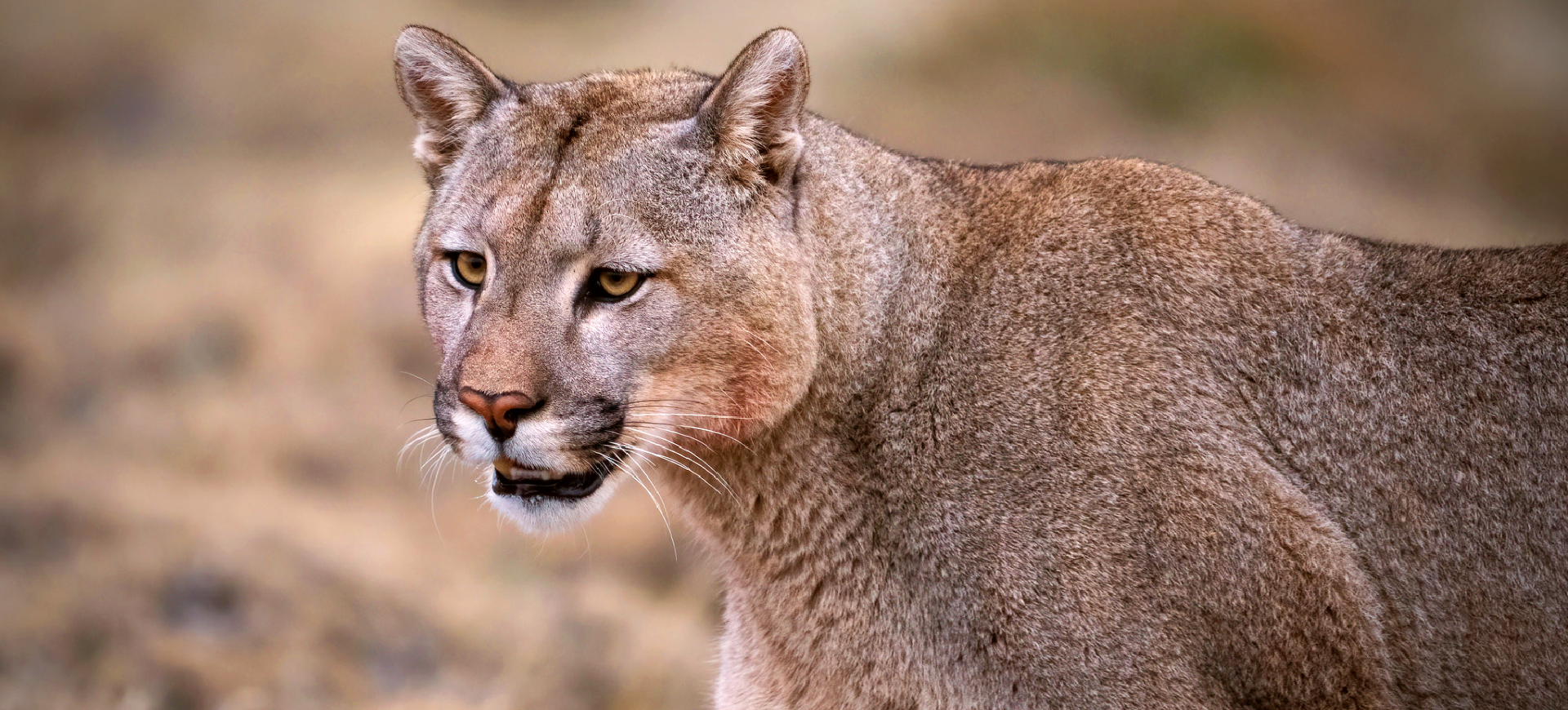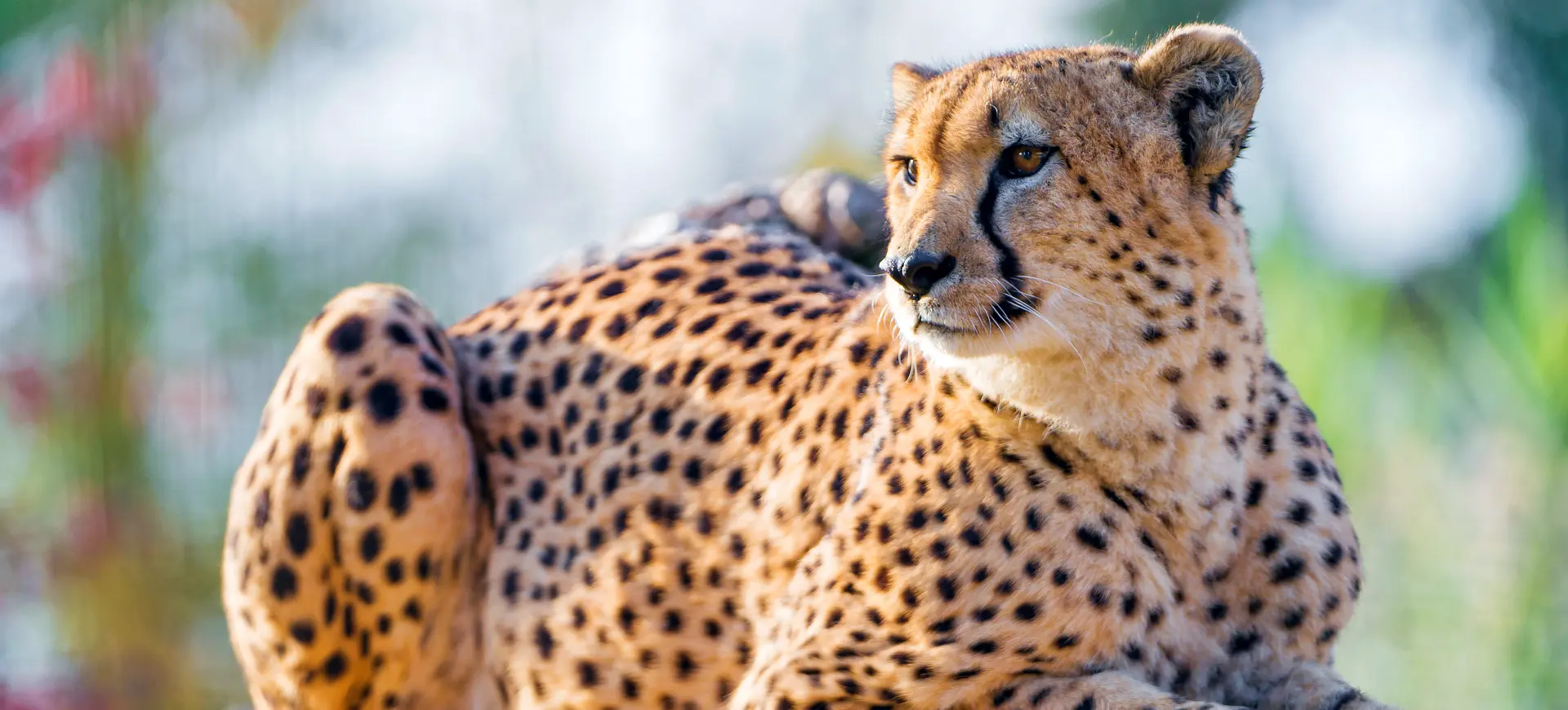Overview
The Sand Cat is a small, elusive feline species native to the deserts of North Africa, Southwest Asia, and the Arabian Peninsula. Adapted to arid environments, it has a light sandy or yellowish-brown coat that provides excellent camouflage against the desert backdrop. Its fur-covered feet act as natural insulators against the hot sand, and its keen senses make it an adept nocturnal hunter.
This feline is solitary by nature and has a territorial range that can vary significantly depending on food availability. The Sand Cat primarily feeds on rodents, birds, and reptiles. It has specialized adaptations for desert living, including a highly concentrated urine that minimizes water loss, and it can survive for months solely on the water it obtains from its prey.
The Sand Cat is a master of concealment, often taking refuge in caves during the day to escape the extreme desert temperatures. It is a skilled digger and can excavate its burrows or modify existing ones. Despite its small size, it has a robust constitution and can endure temperature ranges from 23°F (-5°C) to 126°F (52°C).
Taxonomy
Kingdom
Phylum
Class
Order
Family
Genus
Species
Type
Physical Description:
The Sand Cat is a small feline with a light sandy or yellowish-brown coat that serves as camouflage in its desert habitat. It has large, low-set ears, which adapt for better hearing and help dissipate heat. The eyes are large and greenish-yellow, providing excellent night vision. Its paws are covered with long, dense fur that protects against the hot sand and aids digging.
Sexual dimorphism is minimal in Sand Cats, with males slightly larger than females. The species has a slender body, short legs, and a bushy tail that often has two or three dark rings and a black tip. Its claws are not fully retractable, an adaptation for digging and climbing. The Sand Cat’s dental structure is adapted for its carnivorous diet, featuring sharp canines for gripping prey.

Lifespan: Wild: ~8 years || Captivity: ~13 years

Weight: Male: 4–8 lbs (1.8–3.6 kg) || Female: 3–7 lbs (1.4–3.2 kg)

Length: Male: 18–22 inches (45–56 cm) || Female: 17–20 inches (43–51 cm)

Height: Male: 9.5–11 inches (24–28 cm) || Female: 9–10.5 inches (23–27 cm)

Top Speed: 25 mph (40 km/h)
Characteristic:
Native Habitat:
The Sand Cat is native to arid regions and well-adapted to life in sandy and stony deserts. It prefers areas with some vegetation, as this provides cover and additional food sources like small herbivores. The cat avoids open dunes, opting instead for flat or undulating terrains with good visibility, allowing it to spot predators and prey.
Its range includes North Africa, the Arabian Peninsula, and Southwest Asia. It is found in various desert environments within these regions, from the Sahara in Africa to the Arabian Desert in the Middle East. The Sand Cat is highly territorial and marks its territory with scent markings to warn off other individuals.
Climate Zones:
Biomes:
WWF Biomes:
Biogeographical Realms:
Countries:
Diet:
Diet & Feeding Habits:
The Sand Cat is a carnivorous predator that primarily feeds on small rodents, birds, and reptiles. It is an opportunistic feeder and will consume insects and arachnids when available. It hunts primarily at night, using its keen senses of hearing and sight to locate prey. Once it detects a potential meal, it stalks carefully before pouncing with a quick burst of speed.
The Sand Cat has specialized digestive system, which allows it to extract maximum nutrients from its prey. It can survive for long periods without water, obtaining necessary hydration from the bodily fluids of its prey. It is also known to cover large kills with sand and return later to feed, which helps it conserve energy and resources in its harsh environment.
Mating Behavior:
Mating Description:
The Sand Cat has a polygynous mating system, where males may mate with multiple females during the breeding season. The breeding season is generally from January to April, although this can vary depending on the region and environmental conditions. Courtship behaviors include vocalizations, scent marking, and physical displays such as arching the back and puffing the fur.
After a gestation period of 59 to 66 days, the female gives birth to a litter of two to four kittens. The kittens are born in a burrow, protecting them from predators and extreme temperatures. Both parents participate in rearing the young, although the mother takes on feeding and grooming. The kittens are weaned at around two months and become independent at six to eight months.
Reproduction Season:
Birth Type:
Pregnancy Duration:
Female Name:
Male Name:
Baby Name:
Social Structure Description:
The Sand Cat is a solitary and territorial animal, with males having larger territories than females. These territories are marked with scent markings, which serve as a warning to other individuals. Although solitary, they may communicate with conspecifics through vocalizations, especially during the mating season.
Interactions between individuals are generally limited to the mating season. Outside this period, the Sand Cat leads a largely solitary existence, focused on hunting and maintaining its territory. Despite its solitary nature, the species has a complex set of behaviors for communication, including vocalizations, scent markings, and body language.
Groups:
Conservation Status:
Population Trend:
The Sand Cat’s population in the wild is not well-documented due to its elusive nature and the challenges of conducting surveys in its harsh habitat. However, it is generally considered to be decreasing due to habitat loss and fragmentation. The species is also at risk from human activities such as illegal pet trade and vehicle collisions.
Despite these threats, the Sand Cat is still found in several protected areas across its range, offering some conservation level. These isolated populations are vital for the species’ survival, as they serve as genetic reservoirs and potential sources for re-establishing populations in areas where the species has been extirpated.
Population Threats:
The primary threats to the Sand Cat population include habitat loss and fragmentation, often due to human activities like agriculture and infrastructure development. The species is also at risk from illegal pet trade, although it is not as heavily targeted as other wild cat species. Vehicle collisions are another concern, especially where roads intersect their natural habitats.
Climate change poses an additional threat, as temperature and precipitation patterns could affect the availability of prey and water sources. Although the Sand Cat is well-adapted to arid conditions, prolonged droughts or extreme temperature fluctuations could hurt its survival.
Conservation Efforts:
Conservation efforts for the Sand Cat primarily focus on habitat preservation and monitoring. Several of its natural habitats are designated as protected areas, which helps mitigate human activities’ impact. Some regions also use anti-poaching measures to combat illegal pet trade.
Research is ongoing to better understand the Sand Cat’s ecology, behavior, and population dynamics. These studies aim to inform future conservation strategies, including potential reintroduction programs. Public awareness campaigns are also being conducted to educate people about the importance of conserving this unique desert species.
Additional Resources:
Fun Facts
- Sand Cats can survive in temperatures ranging from 23°F (-5°C) to 126°F (52°C).
- They have fur-covered feet that act as natural insulators against hot sand.
- Sand Cats can dig their burrows in less than an hour.
- They have large ears that dissipate heat and provide excellent hearing.
- Sand Cats can cover up to 5 miles in a single night while hunting.
- Their specialized digestive system allows them to survive without water for long periods.
- Sand Cats have been observed climbing trees and bushes to scout for prey.
- They have a unique vocalization known as a “bark,” used for communication during the mating season.
- Sand Cats have a polygynous mating system, where males may mate with multiple females.
- Despite their small size, they are capable predators and can take down prey larger than themselves.





